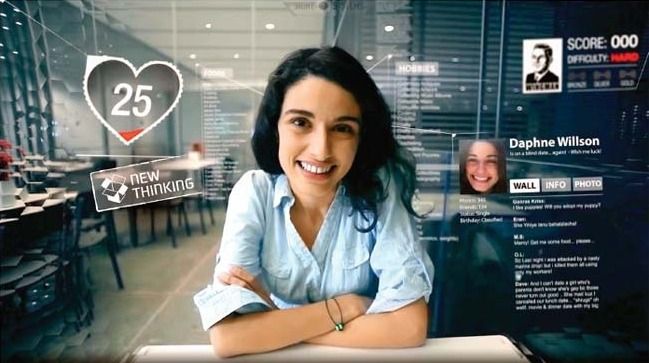Dec 2, 2013
Someday Your EV Charger May Be the Roadway Itself
Posted by Seb in category: transportation
A researcher envisions the ultimate cure for “range anxiety”: roadway-powered vehicles with modified on-board power receivers.
One way to extend the range of electric vehicles may be to provide power wirelessly through coils placed under the surface of a road. But charging moving vehicles with high-power wireless chargers below them is complex.
Researchers at North Carolina State University have developed a way to deliver power to moving vehicles using simple electronic components, rather than the expensive power electronics or complex sensors previously employed. The system uses a specialized receiver that induces a burst of power only when a vehicle passes over a wireless transmitter. Initial models indicate that placing charging coils in 10 percent of a roadway would extend the driving range of an EV from about 60 miles to 300 miles, says Srdjan Lukic, an assistant professor of electrical engineering at NCSU.
Continue reading “Someday Your EV Charger May Be the Roadway Itself” »











